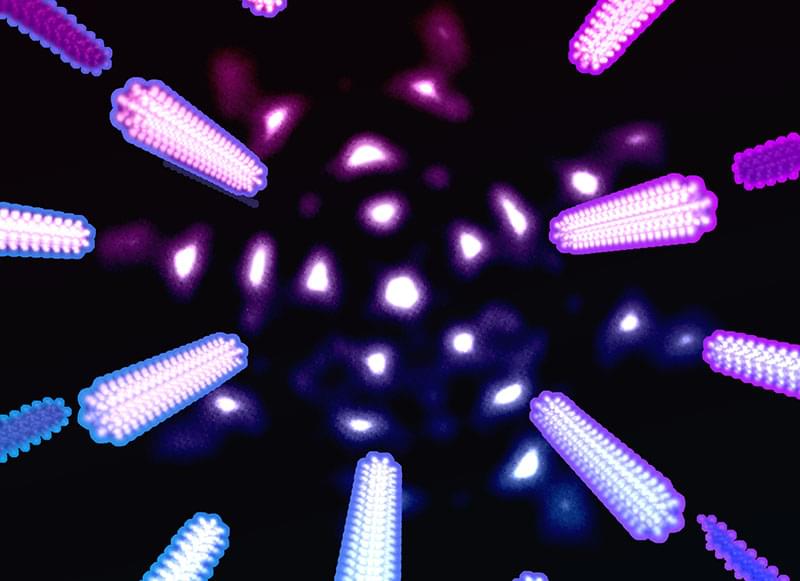NVIDIA’s CEO Jensen Huang believes that the AI frenzy will automate a whopping $50 trillion worth of companies, stating that Blackwell will play a dominant role.
NVIDIA Isn’t Taking The Foot of The AI Accelerator Pedal Any Time Soon, Plans To Take Blackwell’s Adoption To a Whole New Level
NVIDIA has undoubtedly managed to pick up a market that will progress rapidly in the future. Not only is every big tech firm, whether Microsoft or Amazon, forced into the race of “AI automation,” but the demand for adequate computing power is rising massively.





